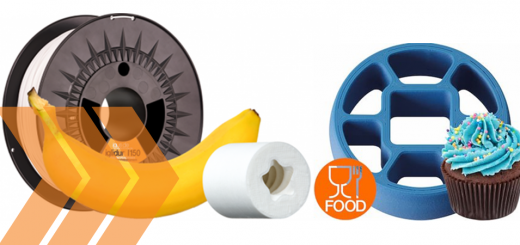How could the manufacturing sector utilize extended reality?
By Jared Worth
Introduction
The manufacturing industry is always growing and innovating. Automation and Industry 4.0 are the most talked about examples of this; however, extended reality (XR) provides an avenue to not only innovate manufacturing processing, but to also augment the training of employees, improve inventory management, and enhance factory floor planning.
What is extended reality?
Extended reality is really an umbrella term that encompasses three similar, but distinct, immersive technologies: virtual reality (VR), augmented reality (AR), and mixed reality (MR). To fully understand how XR can impact the manufacturing industry, it’s essential to know the differences between the different XR technologies.
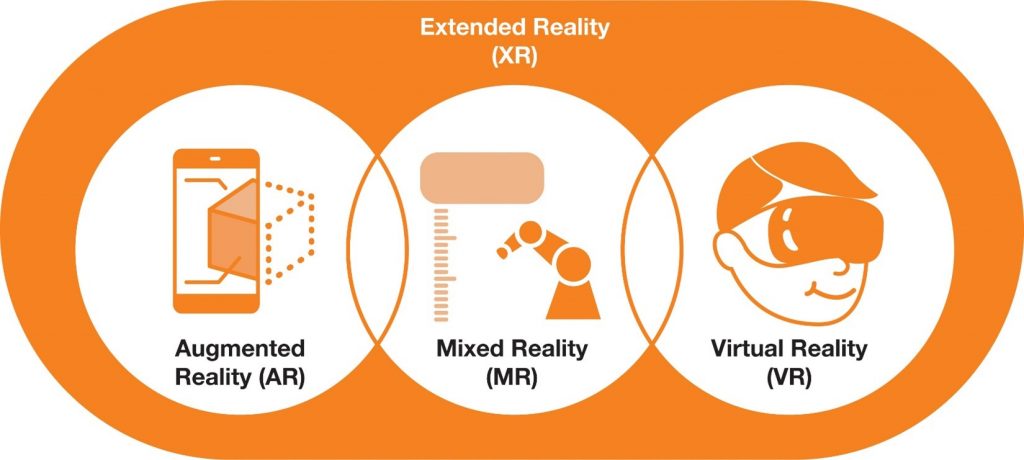
Virtual Reality
Virtual reality is easily the most immersive of the three XR technologies. With VR, users wear a headset that simulates an entire virtual environment around them while providing the capability to move around and interact with objects in the environment. This is the most popular XR technology primarily due to its prevalence in the consumer market, particularly within the gaming sector.
Augmented Reality
Augmented reality aims to expand upon physical surroundings rather than create new, entirely digital surroundings. Digital information is integrated with the physical environment in real time and superimposed over it. One of the most popular and widely known (in the US) examples of this is the first down line shown in NFL broadcasts — a yellow line is overlaid onto the field to represent the first down line, improving clarity for viewers and enhancing the quality of the broadcast.
Of course, the example above isn’t exactly relevant to manufacturing, but it does demonstrate the core functionality of AR technology quite well. A similar example in the manufacturing industry occurs during assembly, where a set of AR glasses can help guide workers by highlighting various components throughout the process while providing step-by-step instructions for workers to follow; therefore improving assembly speed and accuracy. Airbus expects the use of industrial augmented reality to reduce design validation time by 80% and make complex assembly tasks 30% faster.
Mixed Reality
Mixed reality takes AR applications a step further by allowing interactions between physical and digital elements; for example, taking a digital pen or pencil and placing it on a physical desk. In manufacturing, this could mean interacting with a fully 3D model of a machine in assembly, quality assurance, or other related tasks.
How could the manufacturing sector utilize extended reality?
Finally, the big question: how exactly can these various XR technologies be applied to the manufacturing sector in a practical manner? Without practical use, there would be no point in implementing XR within any manufacturing processes. However, there is a wide array of possible manufacturing applications for XR, including, but not limited to, employee training, inventory management, product assembly, and factory floor planning.
Employee training
Employee training is an area that can see the biggest improvements with the implementation of XR. Virtual reality headsets can be used to give multiple employees a hands-on experience at the same time in a completely stress-free and risk-free environment.
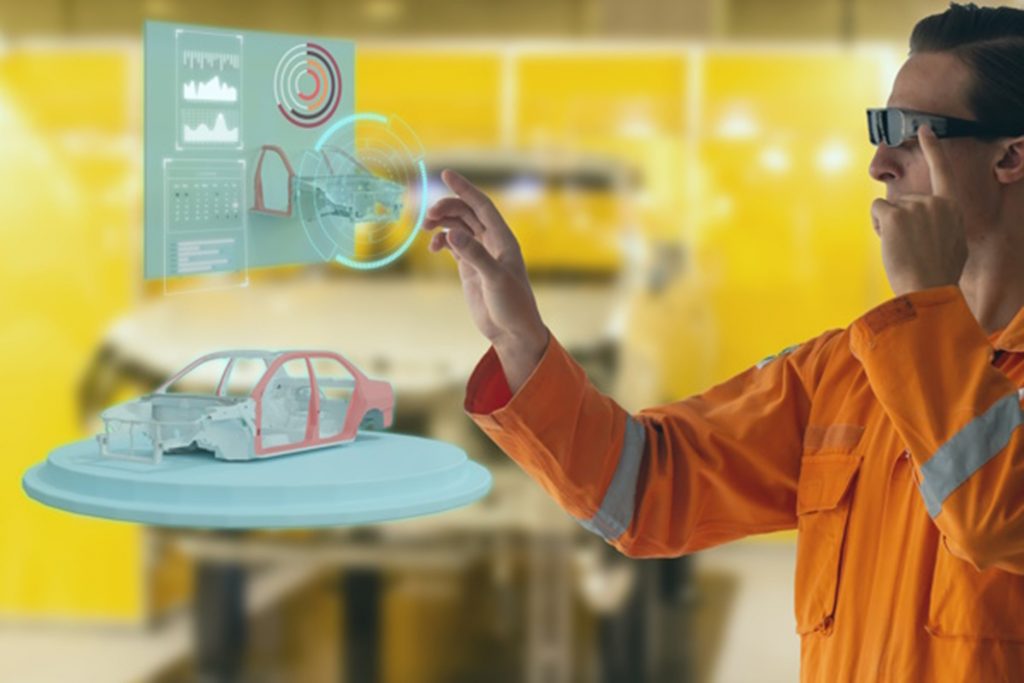
Coca-Cola has implemented VR in safety training programs at their Bepesna branch, and has seen drastic improvements across numerous metrics. There was a 15% increase in trainee retention compared to traditional classroom environments; training efficiency was increased by 75%; and trainee engagement increased by 80%. The numbers speak for themselves: VR training is a significantly more effective form of training than traditional forms of employee training.
Inventory management
In a large warehouse, inventory management can prove a challenge. AR can be used to simplify and speed up this process by guiding employees to exactly where they need to go with graphical indicators. DHL implemented AR inventory management as a pilot program in the Netherlands, and saw a 25% increase in efficiency as a result.
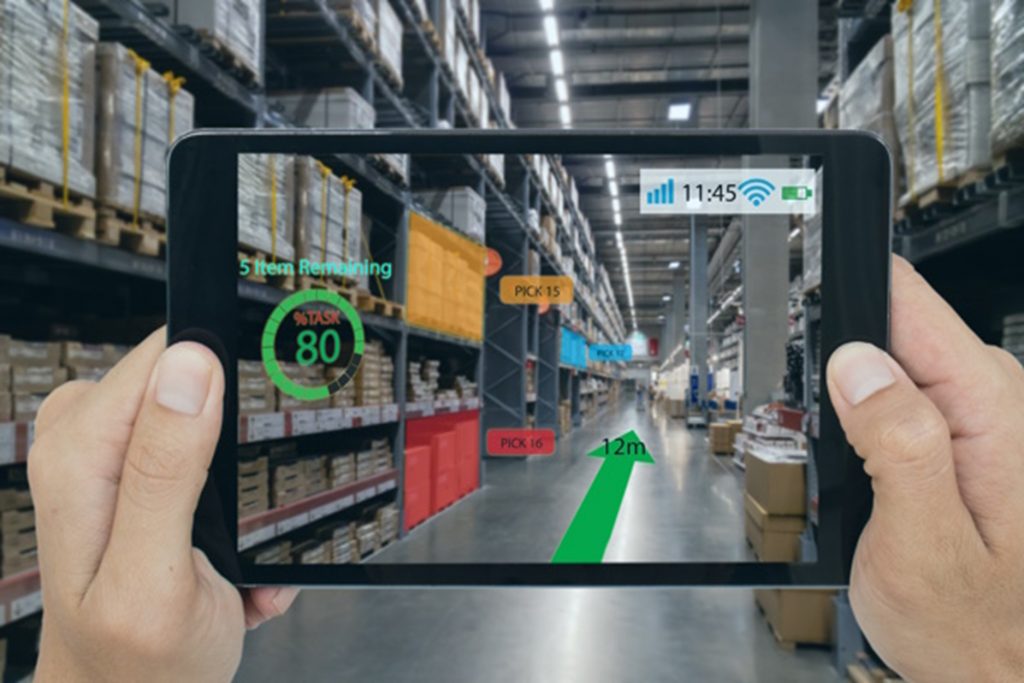
Product Assembly
As previously mentioned, integrating XR into the product assembly process can improve accuracy and speed. AR smart glasses can highlight components and provide detailed instructions for the employee to follow, both ensuring assembly is carried out correctly and enabling employees to learn these processes more effectively.
Floor Planning
Planning out and designing a factory floor isn’t as simple as it may initially seem. A poor floor plan will hinder productivity, create a potentially dangerous working environment, or lead to issues like not having enough space for equipment. However, AR and MR can help combat some of these issues by making it possible to visualize a factory floor plan at scale as well as easily make changes and adjust the layout as needed.
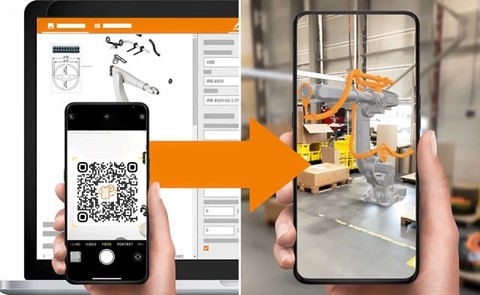
One such example of AR assisting factory planning is the new AR feature being built into the igus online tool platform. With it, customers can configure their product and project a life-size 3D model of it onto the environment to ensure the product will fit in a given space and help customers recognize possible errors before moving to the prototype phase.
New Product Development
The design and prototyping phases of any project can prove expensive and time-consuming. Months can be spent on prototyping alone if multiple pieces need to be designed, manufactured and delivered. VR can be used to streamline this process, bringing the design process into the 3D space without the need for physical prototypes. McLaren Automotive has already adopted VR for use in the design phase of new vehicles, making the process easier than ever.
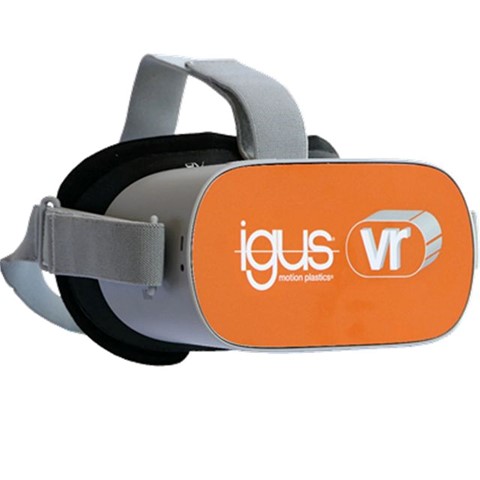
igus has also begun bringing VR technology into the fold for product development with the iguverse. The iguverse is a VR platform with a multitude of functions, from prototype production and systems planning to virtual trade shows and sales visits. It gives companies the ability to implement VR into their own ecosystem without needing to make the investment in developing a platform from scratch.
Virtual Trade Shows & Conferences
One of the greatest strengths exclusive to VR is the ability to bring people from around the world together in a single space — albeit a virtual one. Virtual trade shows and conferences have boomed in popularity, due in no small part to the pandemic. Virtual trade shows enable companies to still showcase new products or services without needing to set up a physical space and without the risk associated with bringing dozens, if not hundreds, of people together in close proximity.
Sales calls and customer visits can also be conducted through VR, something the iguverse is already capable of. With products able to be fully rendered in 3D, customers can see for themselves how various products work or point out areas where their own machines need maintenance or repair.
Environmental impact of extended reality
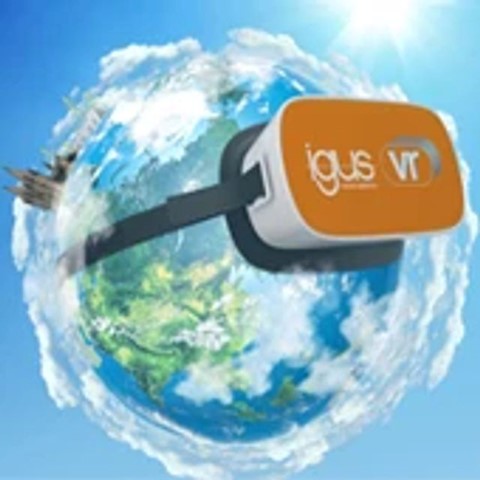
Going beyond the practical applications of XR, there’s another major argument to be made in favor of XR implementation for manufacturing: reducing carbon footprint. Extended reality has the capability of making processes more agile, especially prototyping. Instead of ordering a number of different prototypes and burning through materials to create them and fuel/emissions to transport them, the process can be made almost entirely virtual and eliminate needless waste.
Conducting meetings, conferences, or employee training virtually instead of in-person has the clear advantage of eliminating the need to spend money and resources on transportation to bring participants together. Even hands-on analysis for maintenance purposes
Is extended reality here to stay?
One of the biggest questions when it comes to XR technology, especially in the manufacturing sector, is the question of adoption. Will enough companies implement the technology to raise awareness and jump-start more widespread adoption? Or will XR remain niche and ultimately die out? The numbers suggest the former, with the AR & VR market size in the manufacturing sector estimated at $8.2 billion USD in 2022 and expected to grow to $74.1 billion by 2032.
In a sector as massive as manufacturing this is still just a drop in the bucket, but growth estimates are significantly higher for XR compared to the manufacturing industry at large, suggesting XR will continue to become a larger presence in the manufacturing industry — especially with companies like Google, Microsoft and Meta bringing new, more advanced technologies to market. Early adopters are poised to gain a significant edge over their competition for years to come.
Conclusion
Extended reality has the capability of being the next “big thing” in the manufacturing sector. The technology is still in its infancy, yet is already providing a number of tangible benefits for those willing to make the investment. However manufacturers decide to implement XR, the potential is near-limitless.
To become an iguverse beta tester and try it out for yourself, fill out this form. If you have any questions or concerns, feel free to contact an igus expert.

